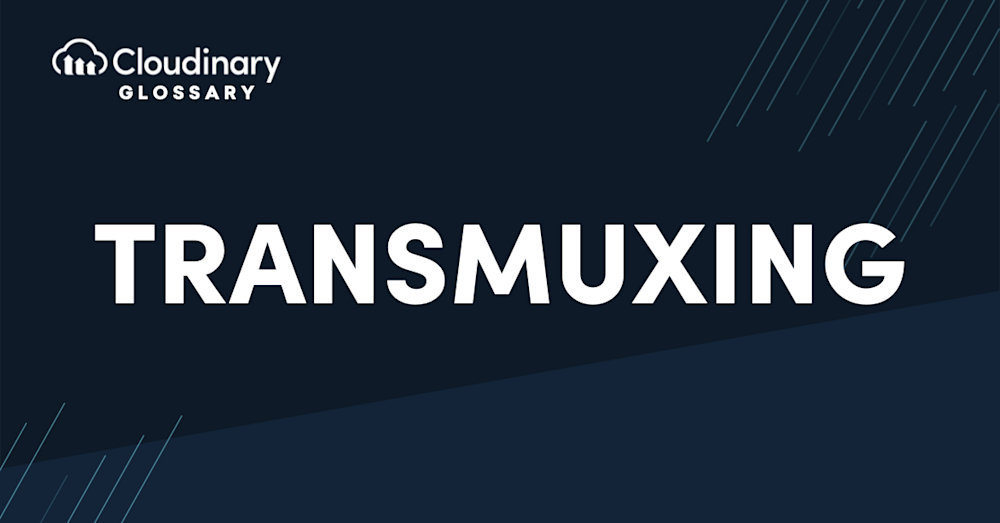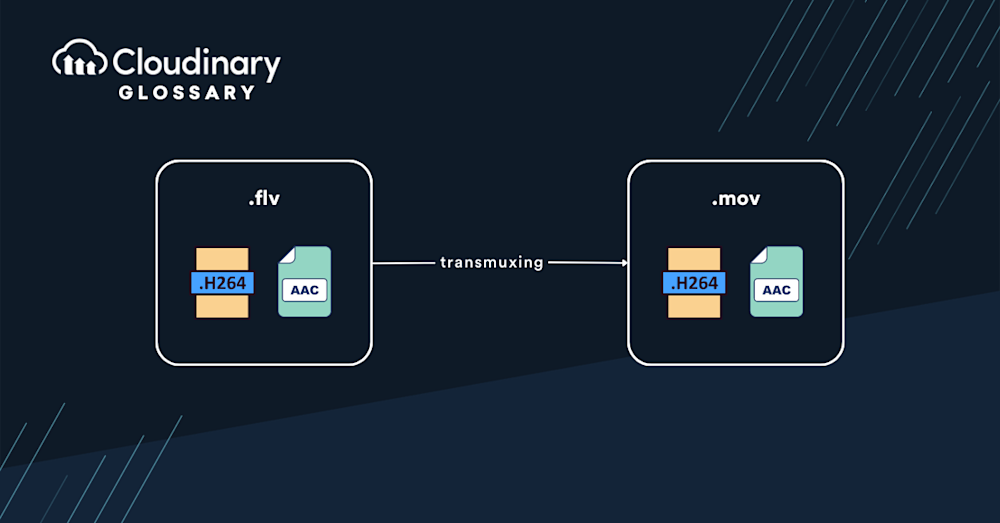Sometimes, when viewing and sharing video content, developers may need to tweak the process that serves files to their users. By using a process called transmuxing, devs are able to share videos across different containers and codecs without taking up too much processing power.
What Is Transmuxing?
Transmuxing is the process of converting one video container to another without encoding or transcoding the original content. This is a different process than transcoding because it uses less computing power while leaving the original uncompressed video file as is.
The reason transmuxing exists is mainly to help with supporting a variety of different playbacks. It allows videos to be streamed to any sort of container (which is what contains all of the video, audio, and metadata for the video) with minimal processing power, and less time consuming than other methods.
What’s the Difference between a Video Container and a Codec?
Containers and codecs are two different types of elements in a video file. A container is the file format that stores video and audio streams (and any metadata with it). On the other hand,a codec compresses and decompresses those streams, creating the metadata for the container. Containers can be used with multiple codecs, but not vice versa: you can’t use an MP4 container with an H264 codec (for example).
Conclusion
If you’re looking to learn more about video containers and codecs, we have a lot more information on our blog. You can also check out our other articles on video formats, including the differences between h.264 and HEVC!
Check Out Our Tools That You May Find Useful:



